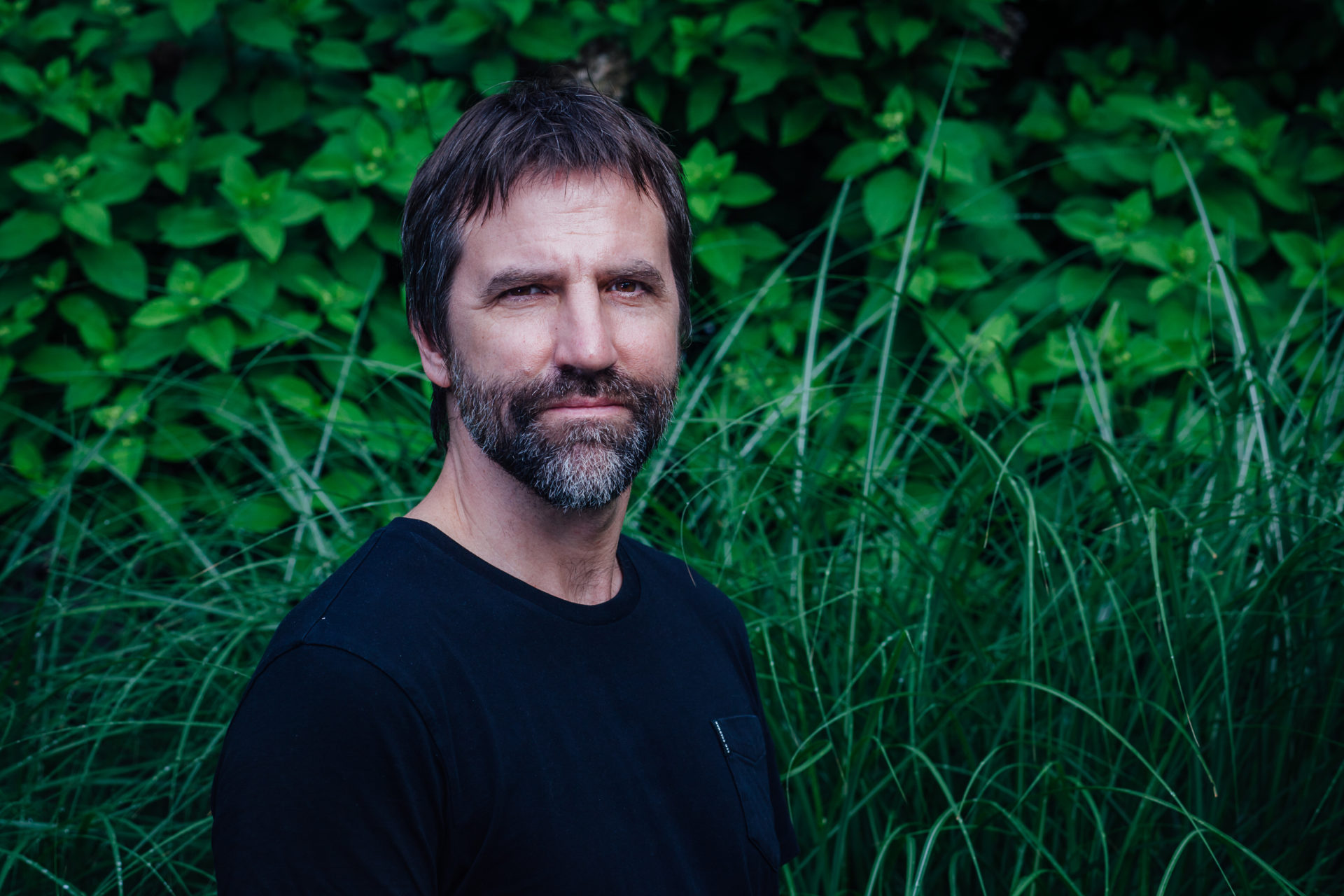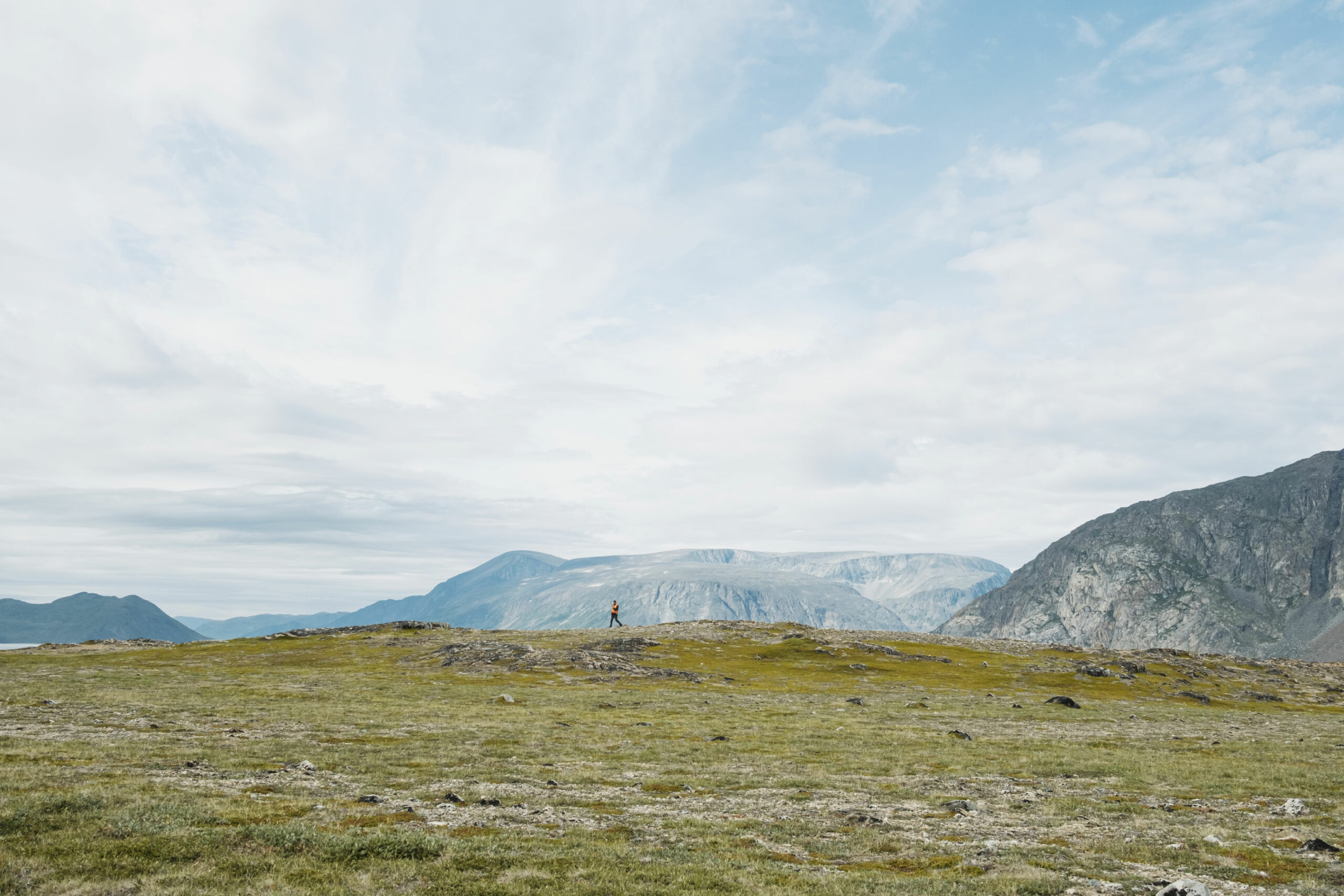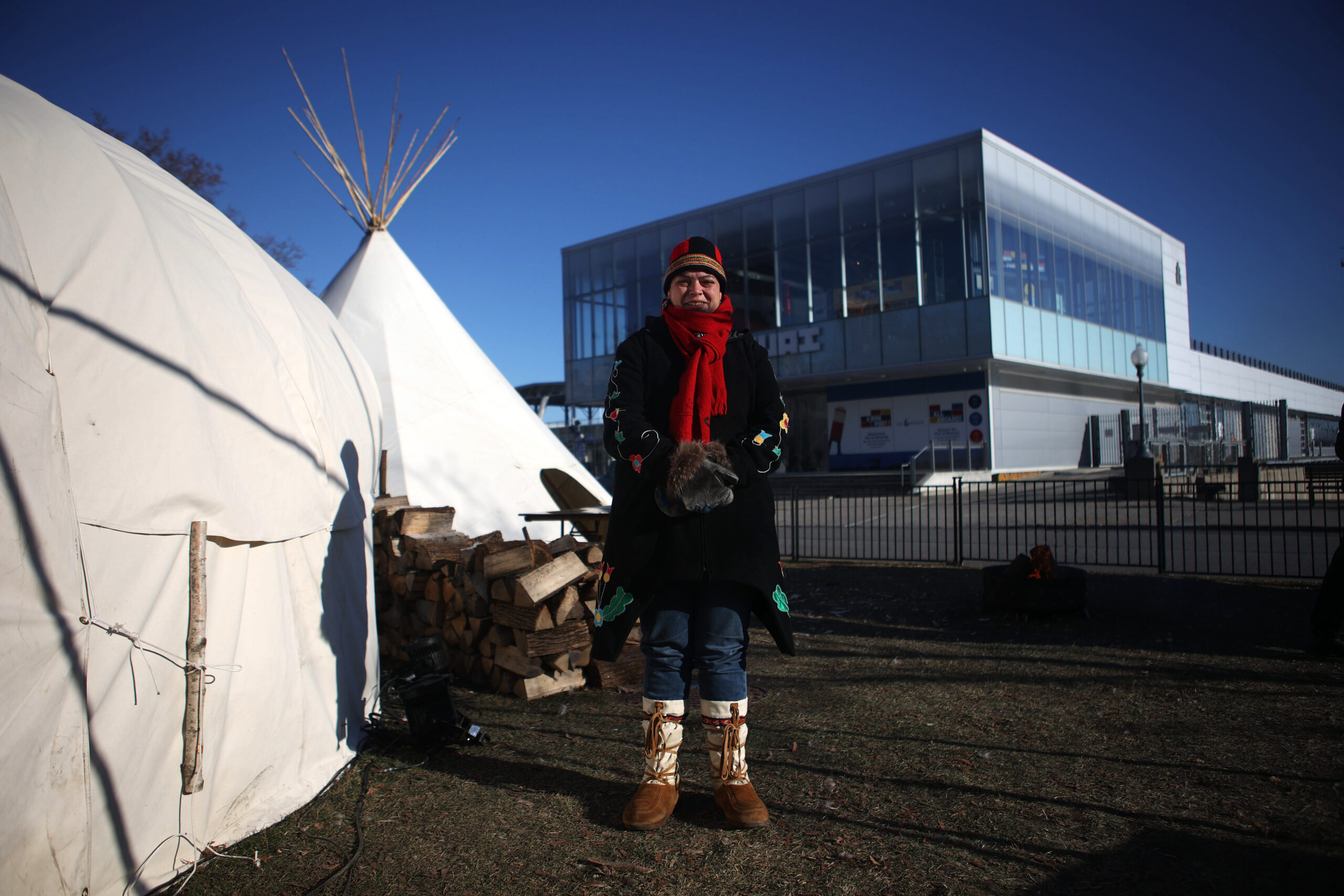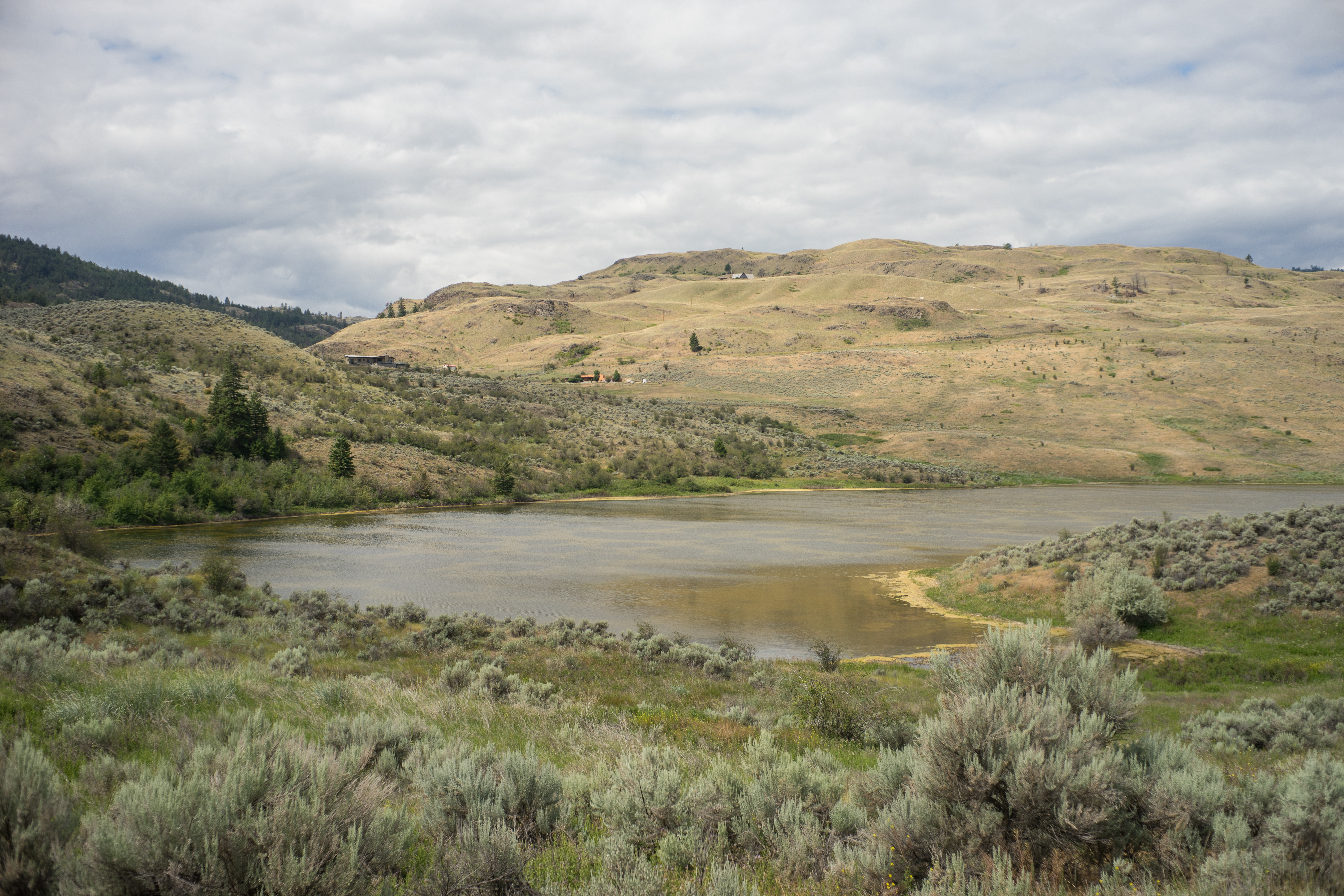
Rocky Mountain coal mine in Alberta takes next step to expansion
In Alberta, a massive open-pit coal mine near Jasper National Park is hoping to expand...
Get the inside scoop on The Narwhal’s environment and climate reporting by signing up for our free newsletter.
Political differences — between federal parties as well as different levels of government — are a key hurdle blocking Canada’s pledges to conserve nature, federal Environment Minister Steven Guilbeault told The Narwhal as COP16, the United Nation’s biennial biodiversity conference, got underway in Colombia.
“Many provinces simply won’t even engage on the subject of conservation right now,” Guilbeault, who planned to attend the conference but cancelled his trip at the last minute, said. “That’s the biggest roadblock to being able to make sure we achieve our targets.”
Guilbeault told The Narwhal he remains confident Canada can meet the targets it committed to at the same summit in 2022, when countries pledged to take action to reverse unprecedented biodiversity decline that, unchecked, threatens to have profound consequences for human societies.
In Montreal that year, countries agreed to 23 targets under the Kunming-Montreal Global Biodiversity Framework, committing to conserve 30 per cent of land and water by 2030, a goal commonly referred to as 30 by 30. They also pledged to minimize the impact of invasive species, reduce the risks of extinction, phase out or reform at least $500 billion in subsidies that harm biodiversity and reduce the risks from pesticides and other harmful chemicals by at least half.

The agreement came at a pivotal moment for nature in Canada and beyond. Biodiversity is declining at unprecedented speed, driven largely by the destruction of habitat, overhunting and fishing, the spread of invasive species and climate change. Scientists warn one million species are at risk of extinction worldwide, including more than 5,000 species in Canada.
From the bees that pollinate food crops and plants that offer life saving medicines to wetlands that soak up heavy rains and trees that produce oxygen — “nature is essential for human existence,” scientists wrote in a landmark United Nations report on the state of global biodiversity.
But a political stalemate in Ottawa and feet-dragging by some provinces has left Canada’s ability to meet its international conservation commitments in doubt — and not for the first time.
The global biodiversity framework set out ambitious goals — but its chances of success are tempered by a poor global track record. None of the targets outlined in the pre-Montreal agreement, signed in 2010, were fully met. The previous targets included phasing out subsidies harmful to biodiversity, halving the rate of loss of all natural habitats and conserving 17 per cent of land and 10 per cent of coastal marine areas — all by 2020.
Canada managed to meet the 2020 target for protecting 10 per cent of its marine areas, but failed to conserve 17 per cent of its land as promised. By the end of 2023, the terrestrial target had still not been met. As of last December, less than 15 per cent of land,freshwater and ocean areas had been conserved in Canada, according to a federal database, which won’t be updated until early next year.
Still, Guilbeault maintains Canada can meet its 30-by-30 goal. “We’ve mapped how we can get the 30 per cent; we have enough projects that are on the table to get there,” he told The Narwhal.

Indigenous-led conservation will be key. Among those projects are a proposed Indigenous Protected and Conserved Area in the Seal River Watershed in Manitoba, the Inuit-led national marine conservation area next to Torngat Mountains National Park in northern Labrador and, announced in mid-October, a proposed Indigenous Conserved Area in the Eeyou Marine Region in northern Quebec.
Indigenous nations across the country are advancing conservation proposals, Valérie Courtois, executive director of the Indigenous Leadership Initiative, told The Narwhal last week as she was packing for her trip to COP16 in Colombia.
“We still have some gaps though,” Courtois said. “The funding at the federal level has really been focused on the establishment process and not so much the long-term management.”
If provincial governments aren’t on board, it’s difficult to establish new conservation areas. Under the Canadian constitution, provincial governments — not the federal government — have primary jurisdiction over land and natural resources. This means decisions about activities that can harm nature, such as new mines, oil and gas extraction or industrial logging operations, tend to fall to provinces.
In a May 2023 report on Canada’s progress towards meeting its global conservation commitments, the Canadian Parks and Wilderness Society singled out Alberta, Saskatchewan and Ontario for making minimal progress on nature protections.
“It is urgent that the provincial, territorial and federal governments must work together, while supporting the essential leadership of Indigenous governments, to halt and reverse the biodiversity crisis,” Sandra Schwartz, the society’s national executive director, said in a statement to The Narwhal.
Earlier this month, a coalition of conservation groups in Alberta released a joint report urging the province to expand its protected area network.
“Over the last two years, the government of Alberta has added approximately 0.002 per cent of Alberta’s land to the protected area list,” the groups noted.
In B.C., the previous NDP government pledged to work with First Nations to conserve 30 per cent of land in the province by 2030. Over the past few years, the government made several notable announcements, including new conservancies in Clayoquot Sound, the Incomappleux Valley’s inland temperate rainforest and the expansion of the Klinse-za / Twin Sisters Park in the province’s northeast.

But even in B.C. there have been hurdles: the government walked back some significant conservation plans in the lead-up to the Oct. 19 election after facing backlash over proposed changes to the Lands Act to bring the legislation in-line with the province’s Declaration on the Rights of Indigenous Peoples Act.
Courtois said she hopes to see all governments investing in Indigenous-led conservation initiatives moving forward. She pointed to Indigenous Guardians, who monitor everything from fish populations to major mines and implement ecological restoration projects, for the benefit of all.
“These are non-partisan issues in many ways and so we are hopeful that all governments will see the value of investment,” she said.
While the 30-by-30 nature commitment often gets the lion’s share of attention, the 23 targets in the global biodiversity framework are designed to work in concert to protect and restore nature.
At COP15 in Montreal, countries were asked to submit national biodiversity strategies to meet the 2030 targets before this year’s meeting in Colombia. As of Oct. 22, just 35 countries had submitted their plans — Canada among them.

Justina Ray, president and senior scientist for the Wildlife Conservation Society Canada, said that while Canada’s promised actions fall a bit short of what’s needed, she commended the strategy’s overall vision. It underscores the importance of Indigenous-led conservation, collaboration and a whole-of-society inclusive approach, she said.
But the federal government’s new biodiversity strategy competes with some of its other endeavours, such as its plans to expand mining for critical minerals.
“Many of these [projects] are in areas that would directly threaten some of the values that are espoused in the global biodiversity framework, like ecological integrity,” Ray pointed out.
In June, Guilbeault also introduced the Nature Accountability Act in the House of Commons. If passed, the act would require the federal government to develop biodiversity strategies outlining how Canada will contribute to global targets and to produce progress reports on timelines set by the 1992 Convention on Biological Diversity. Canada is a signatory to the international treaty, which aims to ensure biodiversity is conserved and used sustainably and any benefits are shared equitably.
Guilbeault said his hope is the Nature Accountability Act will serve as “a moral compass” to keep governments working to restore biodiversity. But the bill has yet to pass beyond first reading.
“Things are a bit complicated in the House of Commons these days and the Conservatives are blocking everything,” Guilbeault said. “Frankly, we need the help of the NDP to move this important piece of legislation.”
In a statement to The Narwhal, Conservative House Leader Andrew Scheer said “the Liberals have no one else to blame but themselves” for the current stalemate in the House of Commons.

In September, the federal NDP ended its two-year supply and confidence agreement with the minority Liberals, meaning it will no longer automatically support the government on matters of confidence.
NDP environment critic Laurel Collins told The Narwhal her party has been pushing for nature accountability legislation for years.
“We are committed to having a robust nature accountability bill and we’re going to do everything in our power to strengthen this legislation.”
“Unfortunately, the bill that the Liberals put forward is very lackluster and it needs serious amendments,” she said. “There are huge gaps.”
Updated on Oct. 28, 2024, at 3:43 p.m. PT: This story was updated to note Environment Minister Steven Guilbeault cancelled plans to attend COP16 at the last minute. A spokesperson for the minister informed The Narwhal of the change in plans after publication.
Get the inside scoop on The Narwhal’s environment and climate reporting by signing up for our free newsletter. A $335 million funding commitment to fund...
Continue reading
In Alberta, a massive open-pit coal mine near Jasper National Park is hoping to expand...

A trade war could help remake B.C.’s food system, but will family farmers be left...

First Nations are leading efforts to make sure lake sturgeon can find a home in...
